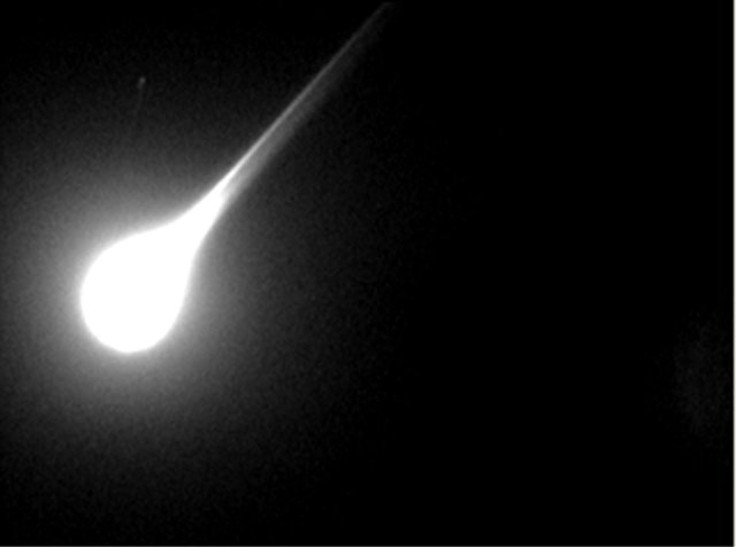Rare Huge Meteorite Containing Oldest Materials In Solar System Found In Antarctica
A team of scientists have discovered a massive 17-pound meteorite that may contain some of the oldest material in the solar system while voyaging through the icy plains of Antarctica.
Described as about "the size of a gourd," it is one of the largest meteorites that have ever been found on the continent at 16.7 pounds (7.6 kg). It was discovered on Jan. 5 by an international team at the end of an 11-day expedition, Chicago Tribune reported.
"Size doesn't necessarily matter when it comes to meteorites, and even tiny micrometeorites can be incredibly scientifically valuable," Maria Valdes, a research scientist at the Field Museum and the University of Chicago, said as per New York Post. "But of course, finding a big meteorite like this one is rare, and really exciting."
A rock-solid find for science! 🪨
— Field Museum (@FieldMuseum) January 23, 2023
Take a look at @maria_c_valdes and her co-researchers' massive find: a 16.7-lb meteorite! pic.twitter.com/ANGIihYvCG
A total of four lead scientists joined the 11-day expedition to the icy continent, where temperatures hovered around 14° F (-10° C). In addition to Valdes, the mission was led by Vinciane Debaille of the Université Libre de Bruxelles (FNRS-ULB). The research team was rounded out by Maria Schönbächler from ETH-Zurich, and Ryoga Maeda from Vrije Universiteit Brussel.
"The bigger a sample size we have of meteorites, the better we can understand our Solar System, and the better we can understand ourselves," Valdes added.
According to Chicago's Field Museum, only 100 meteorites found in Antarctica have been of this size or larger, the outlet said. More than 45,000 such space rocks have been recovered on the continent in the last century.
The team of explorers recovered a total of five meteorites, however, four of them were considerably smaller in size. The rocks were sent to the Royal Belgian Institute of Natural Sciences for further research, a press release by the museum confirmed.
"Sediment potentially containing tiny micrometeorites was divided among the researchers for study at their institutions," the press release added.
The space rock is reportedly made of chondrite, a material often found in such meteorites that end up on the planet. Its origins are believed to be from our solar system, predominantly from a large asteroid belt between Mars and Jupiter.
While Antarctica is not known to be a meteorite hot spot, multiple scientists prefer to explore the cold continent. This is because the icy plains give a better view of dark-colored rocks and are easily distinguishable from common rocks.

© Copyright IBTimes 2024. All rights reserved.





















